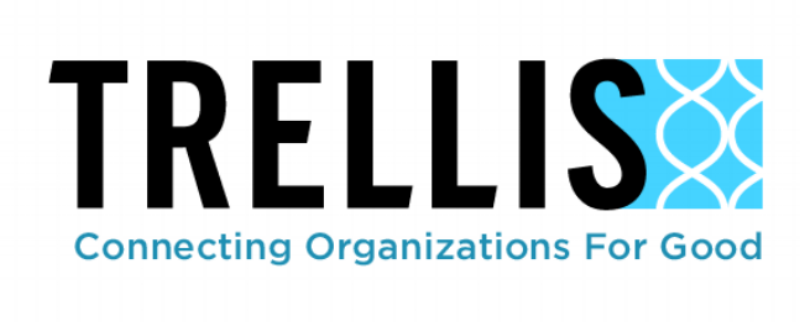Trellis Briefing - July 2019 - Advocating for Public Housing Residents in NYC
What if the playgrounds in your community were unsafe and in constant state of disrepair? What if your landlord continued to neglect and delay vital repairs to your apartment? What if the home you were living in was making you sick? What if you had nowhere in your community to escape the heat?
Advocacy is about learning to speak up and out for people and issues that though they might not affect you personally, recognize that as Lilla Watson has so powerfully stated, ''your liberation is bound up in mine,” and knowing you would want the same done for you if you faced struggles like these.
This update provides information about the plight of many of your neighbors and practical ways to support them.
According to Wikipedia,
“More than 400,000 New Yorkers reside in NYCHA's 325 public housing developments across the City's five boroughs. Another 235,000 receive subsidized rental assistance in private homes through the NYCHA-administered Section 8 Leased Housing Program.”
A Slate article added to these numbers stating,
Although 400,000 people officially live in New York City’s traditional public housing units, it’s estimated that as many as 100,000 to 200,000 more reside there secretly.
That the population living in New York City’s publicly owned housing units could be 25 to 50 percent larger than the official count provides stark evidence of how severe the city’s affordable housing crisis has become.
What this means is that 1 in 11 residents of New York City live in some sort of public housing. The sad reality though is that these historic, multi-generational, largely residents of color largely live with multiple stigmas attached to their residences…
Places of violence and danger
Filled with people who don’t pay rent, who don’t want to work
A lost cause
Not only are these stigmas and stereotypes untrue, but these residents who have stabilized New York through multiple crises, also face unjust, inhumane and ongoing housing struggles largely segregated and isolated from the rest of the city.
Here are just some of the issues facing many of these 400,000 plus residents and neighbors recently
City inspectors uncovered conclusive evidence of lead paint in 34 public housing apartments where lead-poisoned children were living — but the city failed to force repairs or move the kids out, The Post has learned.
The city’s Housing Authority vowed in May 2018 to inspect all of its nearly 800 playgrounds within 90 days after a damning audit found the majority were in poor condition.
Four months later, rusty monkey bars fell on top of two children inside the New York City Housing Authority’s James Weldon Johnson Houses in East Harlem.
Mayor Bill de Blasio blocked support for a state bill that could have generated up to $3 billion for the cash-strapped city Housing Authority, the measure’s sponsor charged.
Senator Zellnor Myrie from Brooklyn said he has 23 NYCHA developments in his district. He says several have problems right now.
“Our children and our seniors are trying to utilize cooling centers and they can’t and it’s not a new problem,” said Myrie.
There have been recent commitments to improvement and change, including funding to see a long closed community center re-open at the Gowanus Houses that would provide a much needed space for programming, support and gathering in the community. But, this promise has been made before and residents have a very pessimistic, “I’ll believe it when I see it'“ in view of many historically broken promises
Trellis continues to work at listening to and learn from residents of public housing so we can better stand with and advocate for their justice
What can you do?
Find out where the closest public housing residence is to you.
Find out what community board you belong to and what your elected officials are doing to address some of these issues
Trellis is raising funds to provide summer programming for students in public housing and help them access local summer jobs. You can find out more HERE and contribute HERE

